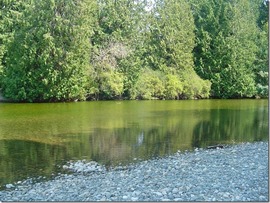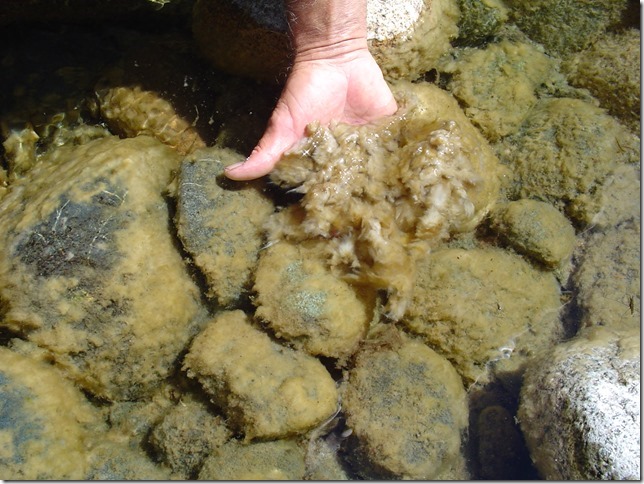
The following are potential emergency situations that could benefit from upland water storage, using off- channel reservoirs, with supply wells feeding continuous, gravity pipelines.
Seven emergency scenarios and the impacts on the availability of water.
1. A large wildfire in the forested land in the upper watershed:
Fire retardant chemicals, surface ash, large volumes of charred wood and erosion sediments could render the Englishman River unusable as a drinking water source.
2. A multi-year drought:
Will cause the river flows to be too low, temperature and algae content to be too high, for safe potable water. Groundwater levels decline in the entire area.
3. Earthquake in the Cascadia subduction zone:
Damage to supply pipes, storage tanks and distribution infrastructure and create high levels of turbidity, mud flows or complete disruption of flows in the Englishman River.
4. Long term electric power disruption: Transformers / substations .. under-sea cable ... tsunami
The new water treatment plant and supply system will be completely dependent on high capacity electric power to: Pump the raw water from the river intake, up to the treatment plant. Pump the water through the treatment process. Back-flush, remove and process the sediments and contaminants. Pump the processed water though the distribution network. Without a consistent high capacity electric power source the water supply system would not work.
5. Urban / Interface wildfire:
Water requirements during extended fire fighting operations may not be available. A multi- unit fire emergency requires many thousands of liters of water per minute. It is doubtful if the new treatment plant could supply that much water for several hours or days.
6. Super-storm with heavy precipitation and high winds:
Log jams, erosion, and land/mud slides in the watershed would impact raw water availability. Power disruptions caused by blown down trees and poles could disrupt water treatment and distribution.
7. Water contamination in the well-field recharge area and/or loss of this groundwater supply:
Highly vulnerable groundwater catchment/recharge zone.
Observations and opinion of: Trevor Wicks TRENTEC INNOVATIONS Qualicum Beach


 RSS Feed
RSS Feed